Unearthing the Origins of Action Figures: A Journey Through Time
Action figures have been an integral part of popular culture for decades, captivating the hearts and minds of both children and adults. These miniature, poseable figurines allow fans to bring their favorite heroes, villains, and characters to life. But have you ever wondered where the concept of action figures originated? Join us on a journey through time as we uncover the fascinating history and evolution of these beloved collectibles.
The Birth of Action Figures
The concept of action figures can be traced back to the mid-20th century, with a significant turning point occurring in the 1960s. While dolls had long been popular toys for children, the emergence of action figures marked a shift toward figures designed primarily for boys and their love of adventure and action-packed play.
One of the earliest pioneers in this field was the iconic G.I. Joe. Introduced by Hasbro in 1964, G.I. Joe was a 12-inch tall action figure representing a rugged, poseable soldier. Unlike traditional dolls, G.I. Joe was marketed as an action figure, emphasizing his role in exciting adventures. This marked a significant departure from dolls, which were typically associated with nurturing and imaginative role-play for girls.
Star Wars and the Action Figure Revolution
The real explosion of action figures came in the late 1970s, thanks to the release of George Lucas’s epic space opera, “Star Wars.” To accompany the film’s success, Kenner, a toy company, launched a line of 3.75-inch action figures based on the movie’s characters. These figures, with their detailed sculpting and accessories, became a massive hit, forever changing the toy industry.
Kenner’s success with “Star Wars” action figures paved the way for other franchises to follow suit. Suddenly, action figures became an essential part of marketing for movies, TV shows, and comic books. Children and collectors alike clamored to collect their favorite characters, leading to the birth of action figure collecting as a dedicated hobby.
The Influence of Japanese Figures
While American action figures like G.I. Joe and “Star Wars” figures were making waves, Japan was developing its own unique brand of action figures. Japanese figures, often referred to as “action dolls,” differed from their American counterparts in terms of design and articulation.
One of the most influential Japanese action figure lines was “Kamen Rider,” which debuted in the early 1970s. These figures featured highly articulated joints, allowing for dynamic poses and action-packed play. The success of “Kamen Rider” figures set the stage for the future of Japanese action figures, including iconic series like “Super Sentai” (Power Rangers) and “Ultraman.”
The Modern Era of Action Figures
The 1980s and 1990s witnessed the rise of action figures based on popular animated series, comics, and video games. Companies like Hasbro, Mattel, and Playmates capitalized on the success of shows like “Teenage Mutant Ninja Turtles,” “Transformers,” and “G.I. Joe: A Real American Hero.” These action figures not only catered to children but also attracted adult collectors who cherished the nostalgia of their youth.
In recent years, action figures have seen a resurgence in popularity, thanks to the thriving collector’s market. High-quality figures, often referred to as “collector’s editions,” feature incredible sculpting, articulation, and attention to detail. Companies like NECA, Mezco, and Hot Toys produce figures that are considered works of art by collectors.
The origin of action figures is a rich tapestry that weaves together elements of innovation, pop culture, and the ever-evolving tastes of consumers. From the humble beginnings of G.I. Joe to the global phenomenon of “Star Wars” figures and the influence of Japanese action dolls, action figures have come a long way.
Today, action figures continue to evolve, with an ever-expanding range of characters and franchises to choose from. Whether you’re a child embarking on thrilling adventures or an adult collector reliving cherished memories, action figures remain a symbol of imagination, creativity, and the enduring love for beloved characters from all corners of the entertainment world.
Partner:

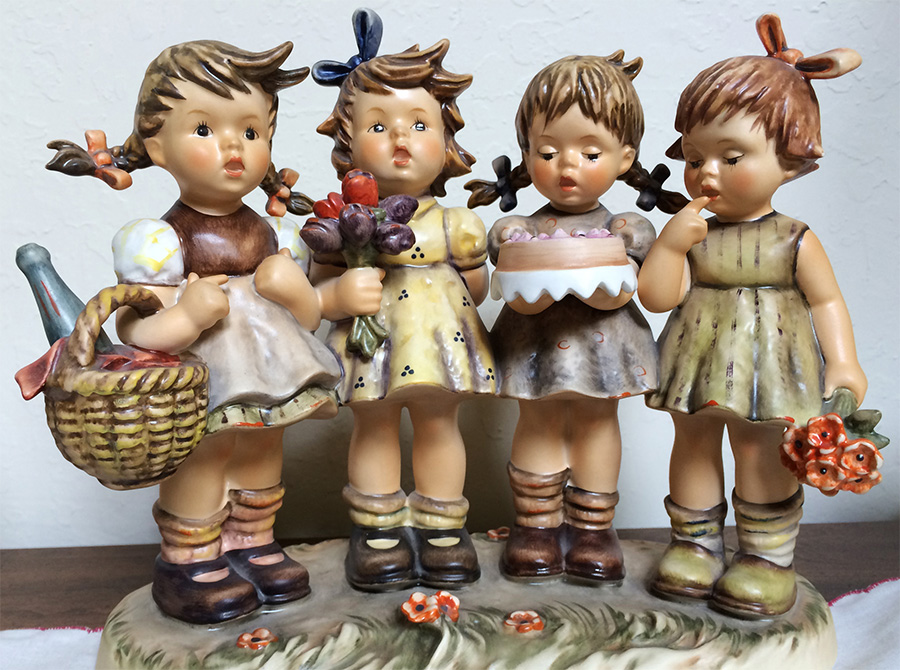
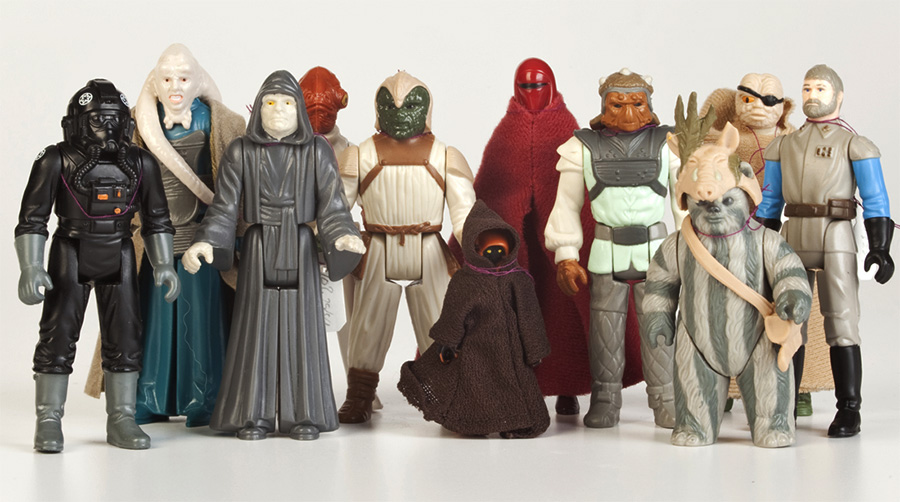
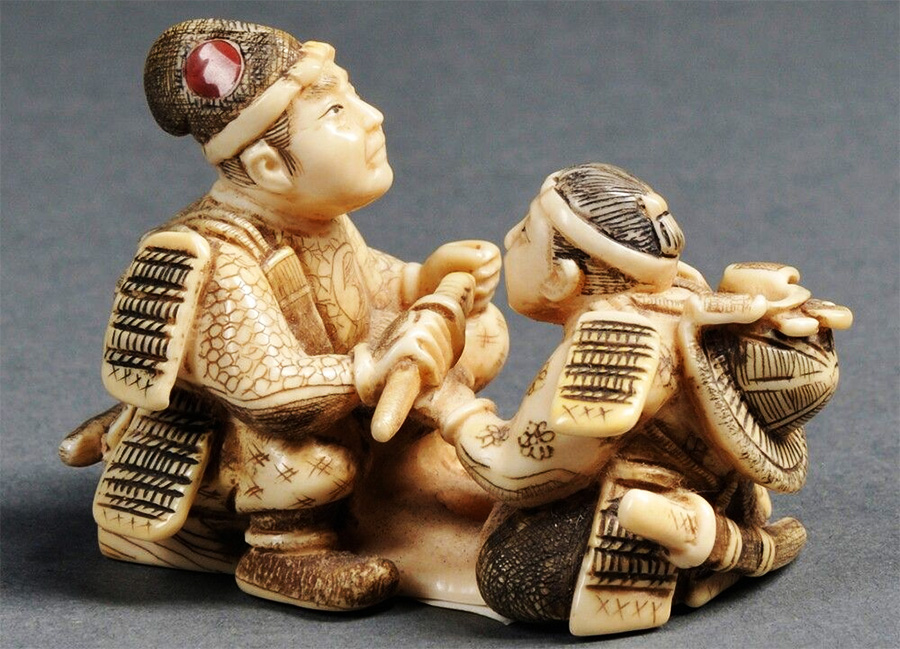
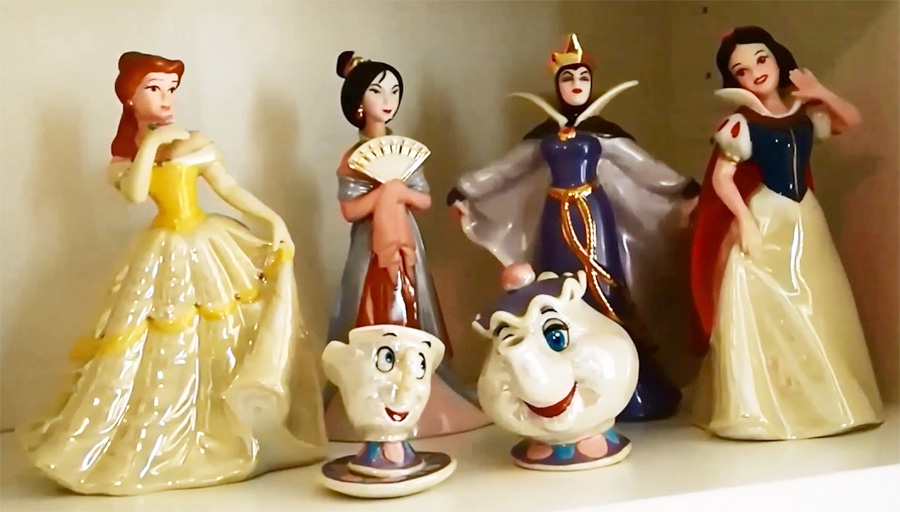
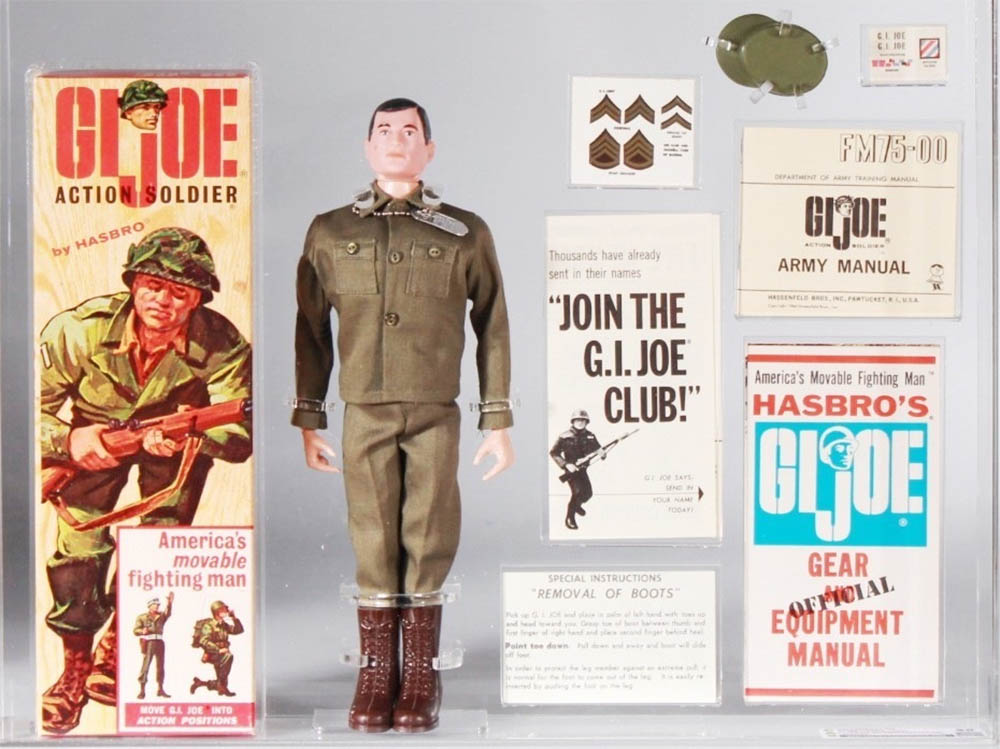
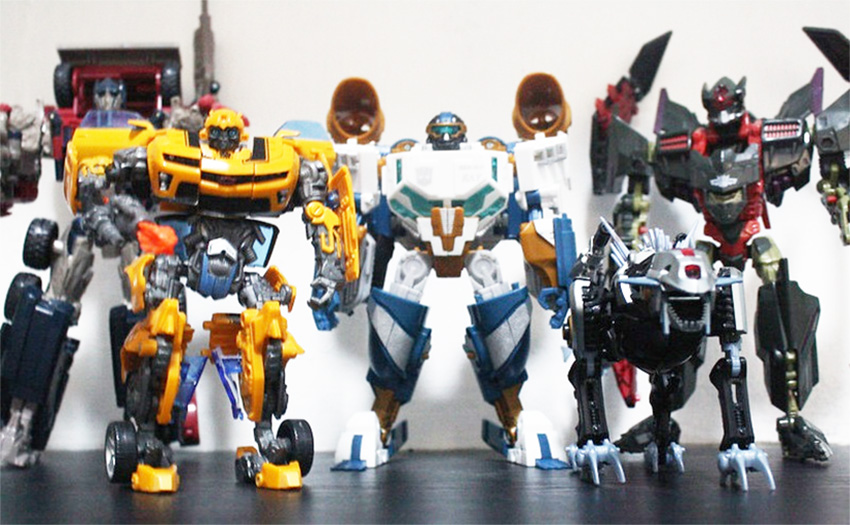
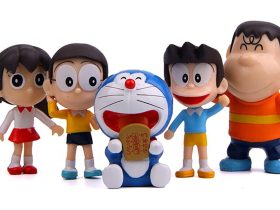
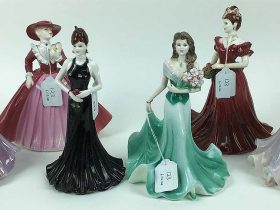
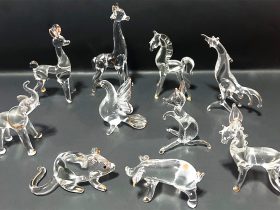
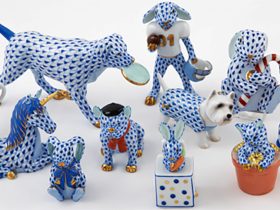
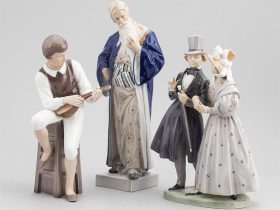


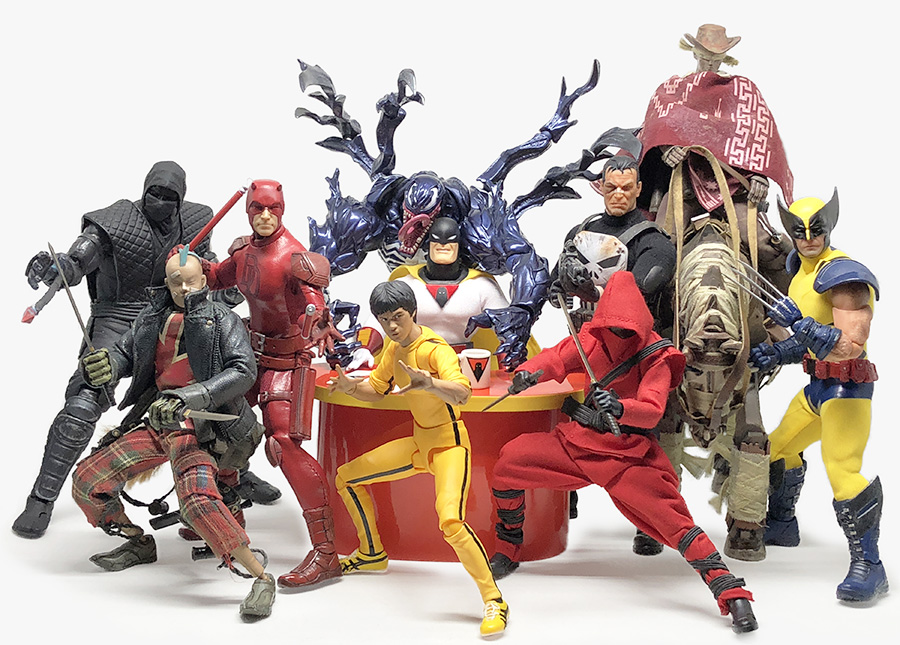
Leave a Reply